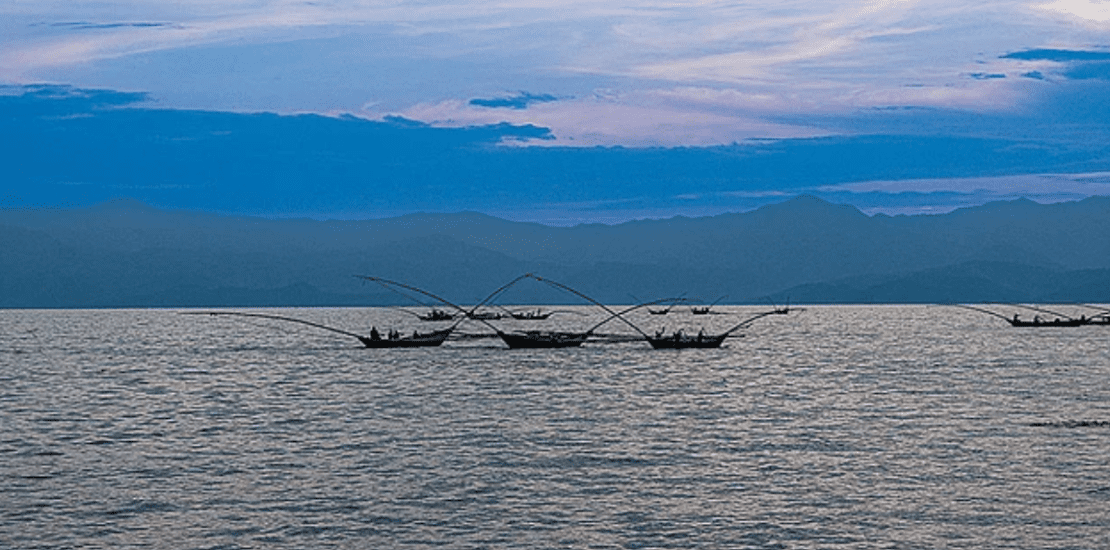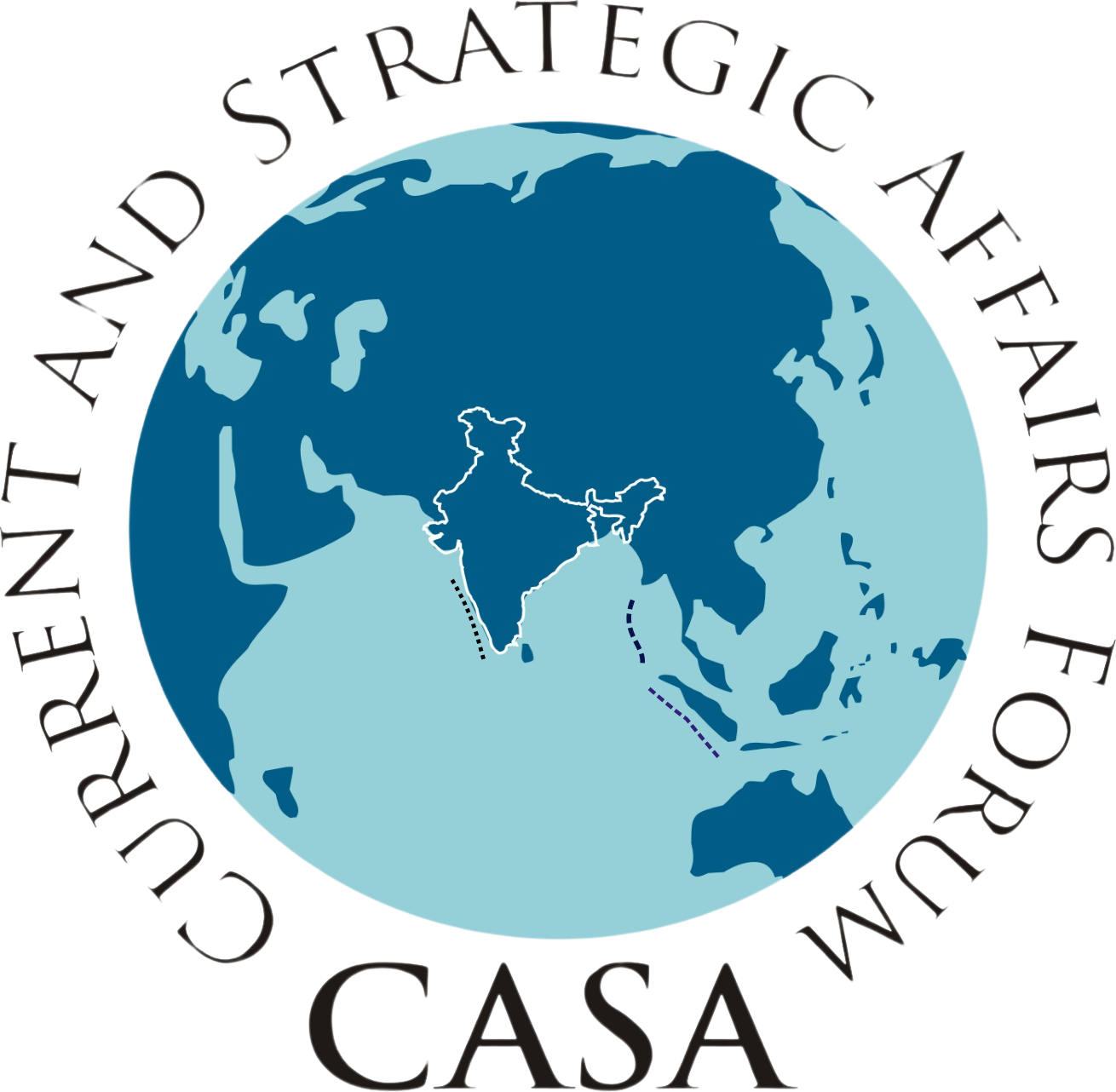Flying Over Africa’s Incredible Lakes
- April 1, 2025
- Posted by: Ambassador Gurjit Singh
- Category: Africa

Africa’s beautiful lakes not only serve as key sources of water, food and transportation, but also act as borders—both geographical and political
Flying from Addis Ababa, through an Ethiopia healing from civil strife, to Lubumbashi in the Democratic Republic of Congo (DRC), I couldn’t help being stricken by the vastness and significance of the lakes I passed over. These waterbodies are not just geographical features—they are integral to the region’s ecosystem, culture and history. The flight gave me a rare aerial glimpse of some of Africa’s most iconic lakes, many of which are marred by tension and conflict, yet celebrated for their natural beauty.
One of the first lakes visible from my flight was Lake Kivu, located on the border between Rwanda and the DRC. This volatile lake, nestled in the Albertine Rift, holds large amounts of methane and carbon dioxide beneath its surface, making it a potentially dangerous waterbody. The political rivalry between Rwanda and the DRC is closely tied to the lake, as both countries contest its resources. Kivu drains into the Ruzizi River, which flows southward into Lake Tanganyika, another massive and critical lake in the region.PlayUnmute
Loaded: 0.16%Fullscreen
Flying further, I glimpsed Lake Tanganyika, the longest freshwater lake in the world and the second deepest. Its waters touch the shores of four countries—Tanzania, Burundi, the DRC and Zambia. The immense depth of Tanganyika is due to the Rift Valley, creating steep shorelines and a unique ecosystem. However, despite its natural wealth, the lake is a focal point of tension, often tied to regional disputes. This makes it a political boundary as well.
Lake Victoria, in contrast, is the largest of the African Great Lakes and the chief reservoir of the Nile. Spanning Tanzania, Uganda and Kenya. It plays a crucial role in both local communities and the broader environmental balance of East Africa. Named by British explorer John Hanning Speke in 1858 after Queen Victoria, it is home to remarkable biodiversity, particularly the tilapia fish, a commercially significant species. However, like many African lakes, Lake Victoria faces challenges, including invasive species such as the Nile perch, which have disrupted its ecological balance.
You May Like
Discover the Kia Syros: Cutting-Edge Features and Futuristic Design, starting at ₹ 8,99,900Kia
Invest $200 in Amazon without buying stocks to earn a second salaryMarketsallSign Up
Rangapur – Finally, a hearing aid for real conversations at a surprising cost!Hear.com
2012 Maruti Suzuki Wagon R 1.0 | GurgaonCARS24Browse now
I also passed over Lake Turkana, formerly known as Lake Rudolf. This saline desert lake in the Rift Valley stretches over 250 km and lies in one of the world’s driest regions. It is primarily fed by the Omo River, which contributes over 80 per cent of its water. Lake Turkana’s isolation leads to its unique ecology, but also makes it vulnerable. Despite its harsh environment, the lake supports many indigenous communities who rely on its resources for survival.
Lake Albert and Lake Edward were two other notable lakes on my flight path. Both are located on the border between Uganda and the DRC and are part of the Albertine Rift ecosystem. Lake Albert is the second-largest of Uganda’s Great Lakes, essential to the Nile River system. It connects to Lake Victoria and, eventually, to the White Nile. Lake Edward, smaller in size, holds ecological significance for the species that inhabit its waters and the nearby Virunga National Park, home to critically endangered mountain gorillas. However, both lakes face increasing pressures today from fishing, agriculture and oil exploration.
I also caught sight of Lake Mweru and Lake Sagara—lesser-known but equally fascinating lakes. Lake Mweru lies between Zambia and the DRC and contributes to the Congo River system. It is part of the Mweru-Luapula-Bangweulu plain, a rich ecological area that is home to diverse wildlife. Lake Sagara, northeast of Lake Tanganyika, is part of the Malagarasi wetland ecosystem in Tanzania. Known for its seasonal fluctuations, it plays a crucial role in the region’s water cycle. Finally, I passed over Lake Kipopo, an artificial lake near Lubumbashi, which gives the city a distinctive character. This man-made waterbody plays a critical role in the local economy and infrastructure, demonstrating the intersection of human ingenuity and the environment. It adds another layer of complexity to the bond between water and society in the DRC.
These lakes, despite their varied geography and political contexts, are all vital to the livelihoods of millions of people. They serve as key sources of water, food and transportation, but also act as borders—both geographical and political. The tensions between nations, the effects of climate change, and the pressures of human development all shape their fate.
Flying over these vast waterbodies was an unforgettable experience, not only for the striking beauty of the landscape but also for the awareness of how much of Africa’s history, present struggles and future depend on these incredible lakes.
Gurjit Singh is former Ambassador to Germany, Indonesia & ASEAN, Ethiopia & the African Union
